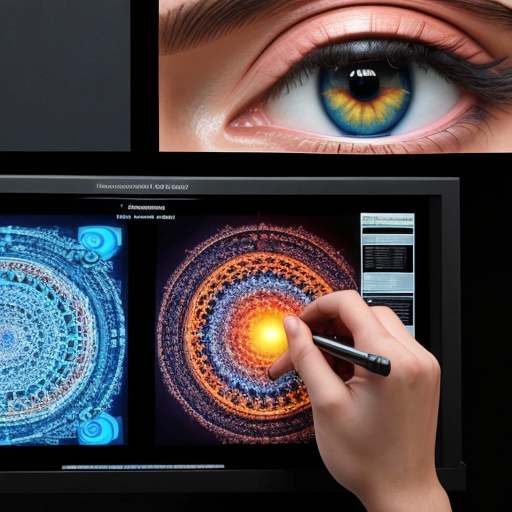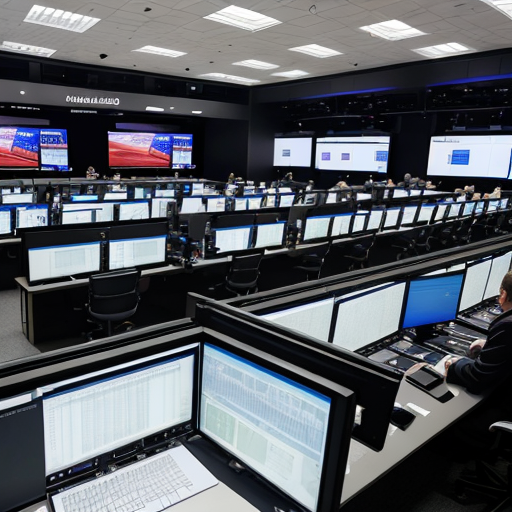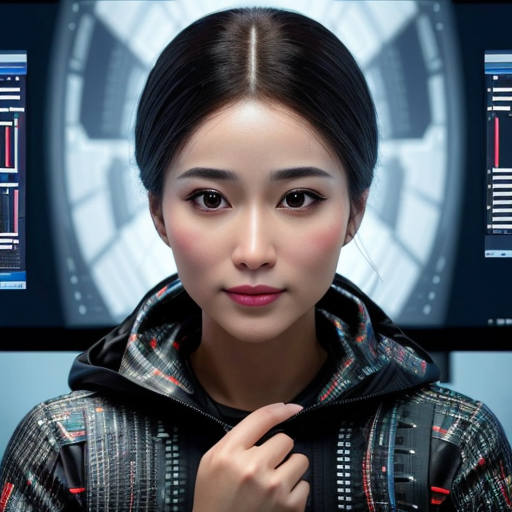Table of Contents
Introduction
Generative AI, a cutting-edge technology that enables machines to create content, has made incredible strides in recent years. One of its most infamous applications is the creation of deepfakes, hyper-realistic manipulations of videos and images that have raised concerns about misinformation and privacy. In this blog, we’ll dive deep into the world of deepfakes, exploring how they work, their real-world implications, and the best practices to identify and combat them.

Understanding Deepfakes: A Closer Look
What are Deepfakes?
Deepfakes are AI-generated media that manipulate or replace the original content with highly convincing alternatives. These alterations can involve swapping faces in videos, changing voices, or even creating entirely fabricated scenarios. The term “deepfake” itself is a portmanteau of “deep learning” and “fake.”
How do Deepfakes work?
At the heart of deepfake technology lies generative adversarial networks (GANs). GANs consist of two neural networks, a generator, and a discriminator, engaged in a constant battle to create the most authentic-looking content. The generator creates fake content, while the discriminator evaluates its realism. Over time, this competition hones the generator’s ability to create incredibly convincing deepfakes.

Real-World Examples of Deepfakes
1. Political Manipulation
One of the most alarming applications of deepfakes is in politics. Imagine a video of a world leader making outrageous statements or engaging in inappropriate behavior. Such manipulated content can wreak havoc on public opinion and international relations. It’s crucial to develop tools to verify the authenticity of videos related to political figures.
2. Entertainment and Impersonation
Deepfakes have also infiltrated the entertainment industry. For instance, a popular actor’s face can be superimposed onto another performer in a film or TV show. This raises questions about consent, intellectual property, and the potential to deceive audiences.
3. Revenge Porn and Privacy Violations
Invasion of privacy is a grave concern with deepfakes. Individuals can be targeted, with their faces placed on explicit content without their consent. This disturbing trend calls for enhanced laws and technology to prevent such abuses.

4. Fraud and Scams
Fraudsters have embraced deepfakes to deceive individuals and organizations. Imagine receiving an apparently genuine video from your boss requesting a money transfer. This scenario underscores the need for improved security measures and training to identify potential scams.
Tips and Best Practices to Combat Deepfakes
1. Verify the Source
Always verify the source of the content. Double-check the authenticity of videos or images by cross-referencing with credible sources.
2. Pay Attention to Anomalies
Deepfakes often exhibit subtle anomalies like unnatural facial movements or glitches. Train yourself to spot these irregularities.
3. Use Deepfake Detection Tools
Several online tools and software have emerged to help users detect deepfakes. Employ these resources to stay vigilant.

4. Raise Awareness and Education
Educate yourself and others about deepfakes. Public awareness is the first line of defense against the spread of manipulated content.
5. Strengthen Legislation
Advocate for robust legislation to deter the creation and dissemination of deepfakes. Laws must address the legal implications and consequences of using deepfake technology.

Conclusion
Generative AI, with its potent capabilities, has given birth to deepfake technology, which poses both exciting possibilities and severe risks. By understanding how deepfakes work, recognizing their real-world implications, and adopting best practices to identify and combat them, we can navigate this evolving landscape with greater confidence. As we move forward, it is essential to remain vigilant, educate ourselves and others, and advocate for the responsible use of generative AI. By doing so, we can harness the power of this technology for positive change.
